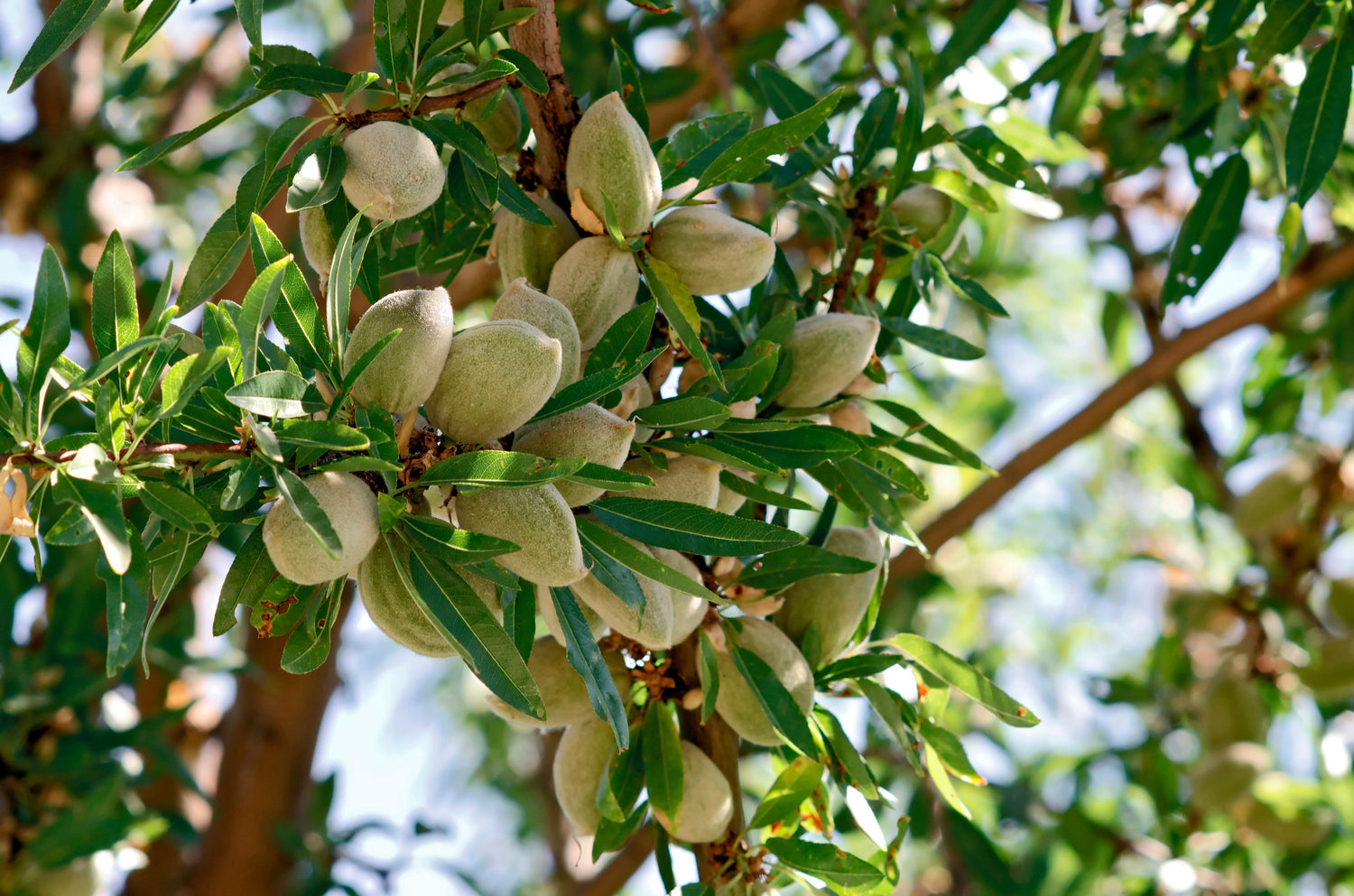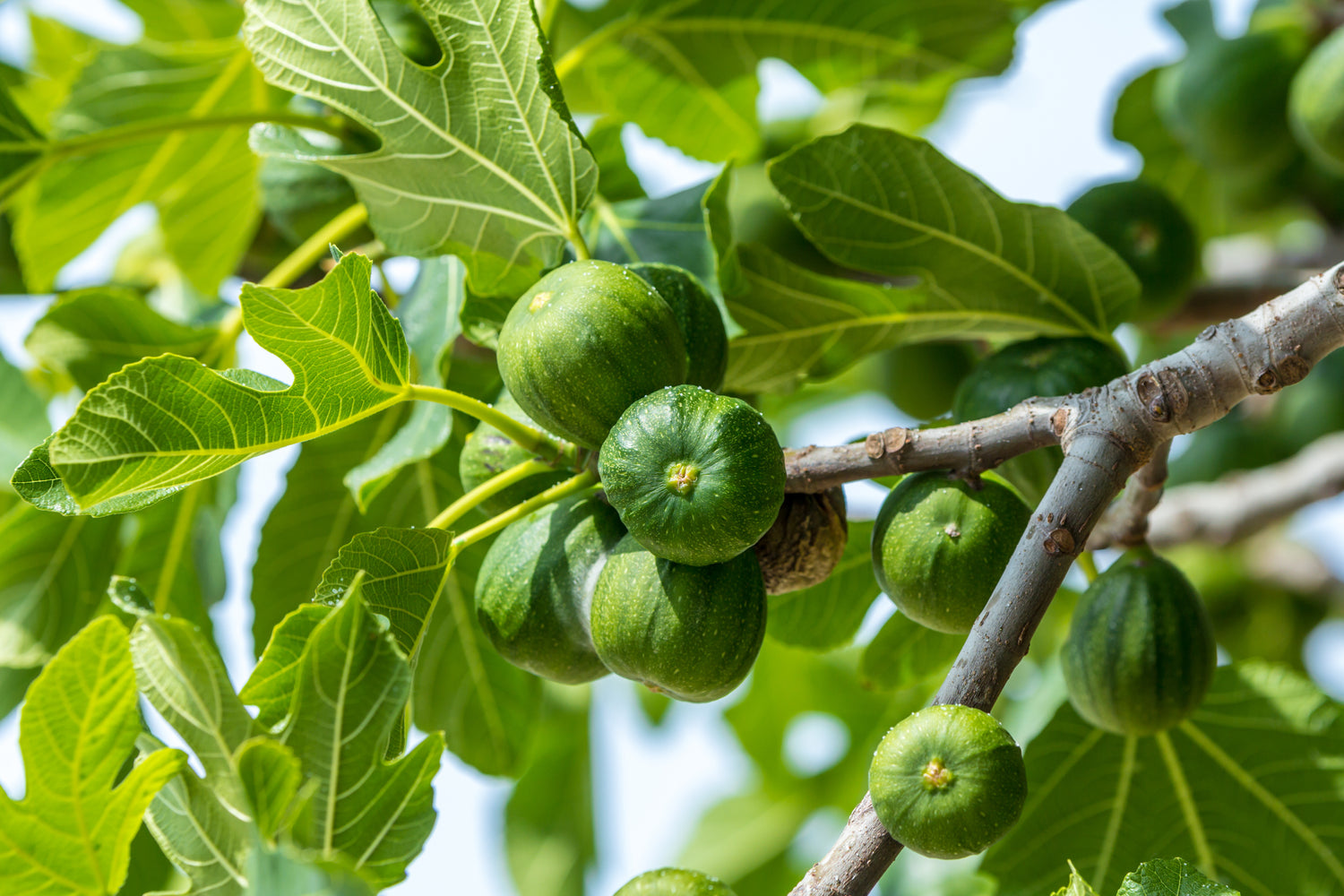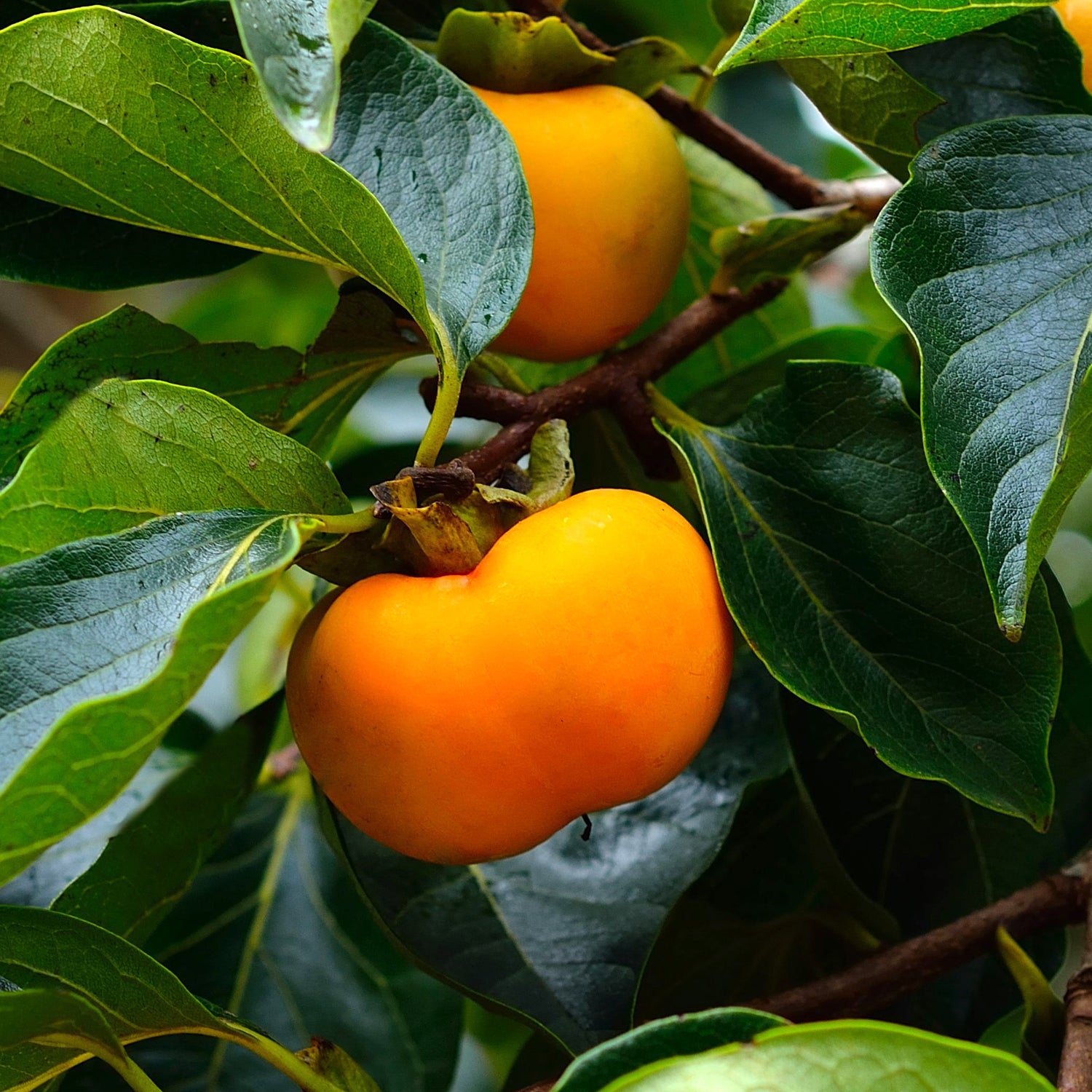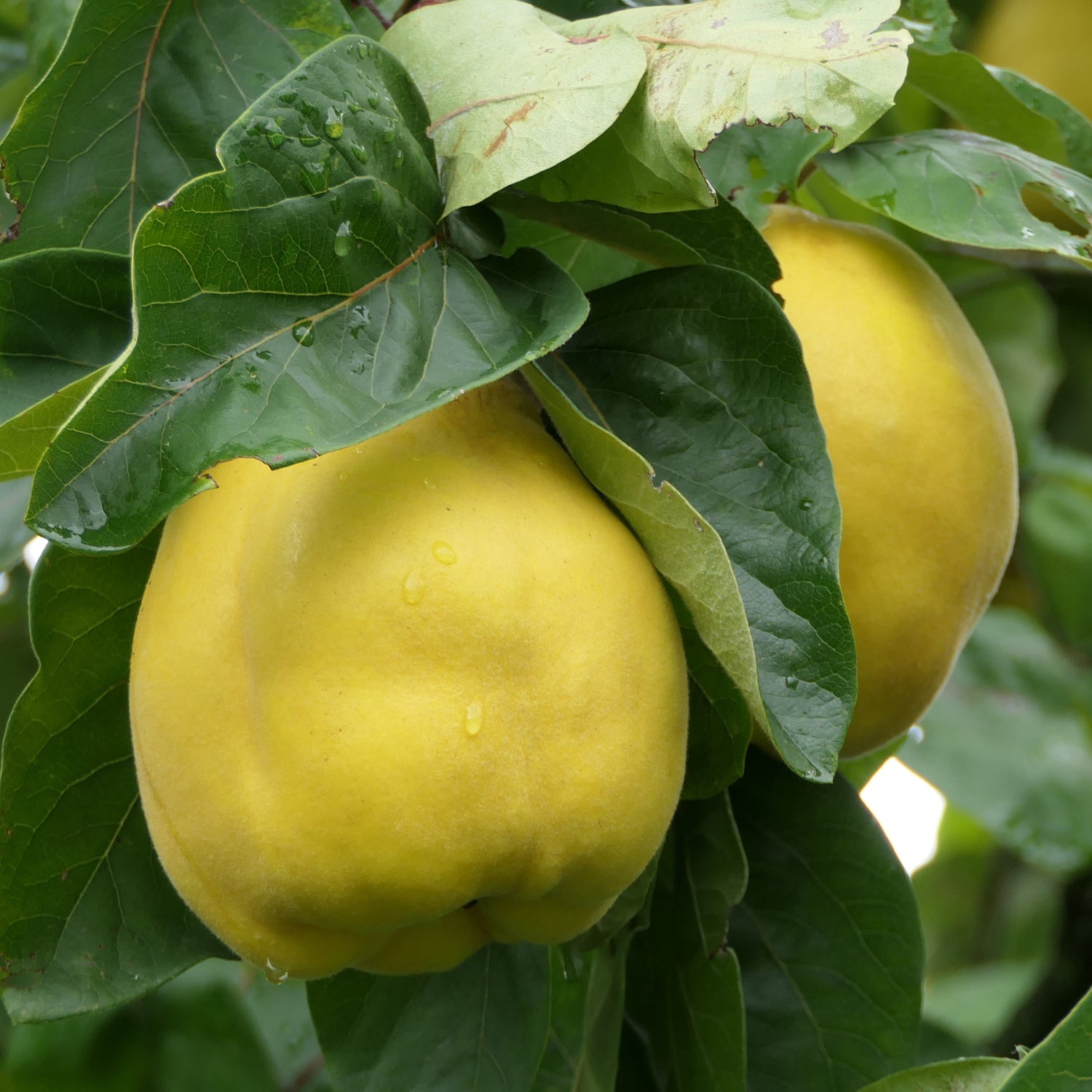
Other Fruit/Edible Trees
The Pacific Northwest has a great climate to grow a large variety of fruit trees. Check out these not so common fruit trees that can grow in the Willamette Valley.

Almond Trees
More information to come!
Pollination Information
Hall's Hardy Almond
Self Fertile
Fruit Size/Shape: Large
Color: Tan
Taste/Uses/Etc: Large, hard-shell nuts with bittersweet kernels
All-in-One Almond
Self Fertile
Fruit Size/Shape: Large
Color: Tan
Taste/Uses/Etc: Heavy crops of soft-shell nuts with sweet, flavorful kernels

Fig Trees
Figs are cold hardy, self-fruitful, disease and pest resistant, and can grow in the Pacific Northwest. Most varieties with green flesh can grow and ripen in Oregon, with little to no help, making them a great addition to any yard. Some varieties have a harder time ripening in the PNW but can be encouraged to ripen with a little extra help when planting. Choose a spot with all day sun that gets a dose of reflected heat, either from a bright side of a house, pavement, or a grow tunnel. Figs grow naturally in a Mediterranean climate and therefore are quite drought tolerant, requiring little to no irrigation once established, preferring and ripening better with less irrigation.
Pollination Information
Black Jack Fig
Self Fertile
Fruit Size/Shape: Large to very large
Color: Purplish brown
Taste/Uses/Etc: Juicy, sweet, dwarf variety
Mission Fig
Self Fertile
Fruit Size/Shape: Medium
Color: Purplish black
Taste/Uses/Etc: Variety known for drying, sweet distinctive fig flavor
Peter's Honey Fig
Self Fertile
Fruit Size/Shape: Medium
Color: Yellow-green with amber flesh
Taste/Uses/Etc: Very sweet, high quality, needs warmth to ripen, 1-2 crops
Vern's Brown Turkey Fig
Self Fertile
Fruit Size/Shape: Very large
Color: Brown with light amber flesh
Taste/Uses/Etc: Sweet, reliable, heavy producer, usually has two crops.

Persimmon Trees
Persimmon are disease/pest resistant and can grow nicely in the Willamette Valley, but depending on the variety and year, may have a hard time ripening. There are two main types of persimmon, astringent and non-astringent. Astringent persimmon must become very ripe before they are no longer astringent, but it is worth it because the flavor is lovely. Non-astringent varieties can be picked and eaten when they are firm and lightly sweet or wait till they become very ripe when they are soft and full of flavor. Persimmon prefer full sun with well draining soil, it is best to plant them in an area where they will get reflected heat, such as next to a bright house, or near pavement.
Pollination Information
Fire Crystal Persimmon
Self Fertile
Fruit Size/Shape: Medium-large, flattened round
Color: Shiny orange to bright orange
Taste/Uses/Etc: Very sweet, bright orange fruit
Nikita's Gift Persimmon
Self Fertile
Fruit Size/Shape: Medium-large, flattened round
Color: Shiny orange to reddish-orange
Taste/Uses/Etc: Sweet and flavorful
Collapsible row
Self Fertile
Fruit Size/Shape: Medium-large, flattened round
Color: Shiny orange
Taste/Uses/Etc: Sweet, mild non-astringent

Quince Trees
Quince are a naturally dwarf fruit tree that are disease and pest resistant and grow great in the PNW. Quince produce large, hard, aromatic fruit. The fruit is not used for fresh eating, as it is very astringent, but makes tasty bright crimson jelly, and wonderful additions to baked goods. Not to mention they have lovely blooms and the long lasting fruit makes great additions to fruit bowls and center pieces. Quince prefer full sun with well draining soil, but can tolerate wetter conditions and clayey soil.
Pollination Information
Pineapple Quince
Self Fertile
Fruit Size/Shape: Large, pear shaped
Color: Yellow skin with cream colored flesh
Taste/Uses/Etc: Pineapple flavor, best for baking, jams, and jellies
Rich's Dwarf Quince
Self Fertile
Fruit Size/Shape: Large
Color: Yellow skin with cream colored flesh
Taste/Uses/Etc: Fuzzy, lemon-yellow fruit, large fruit on a dwarf tree